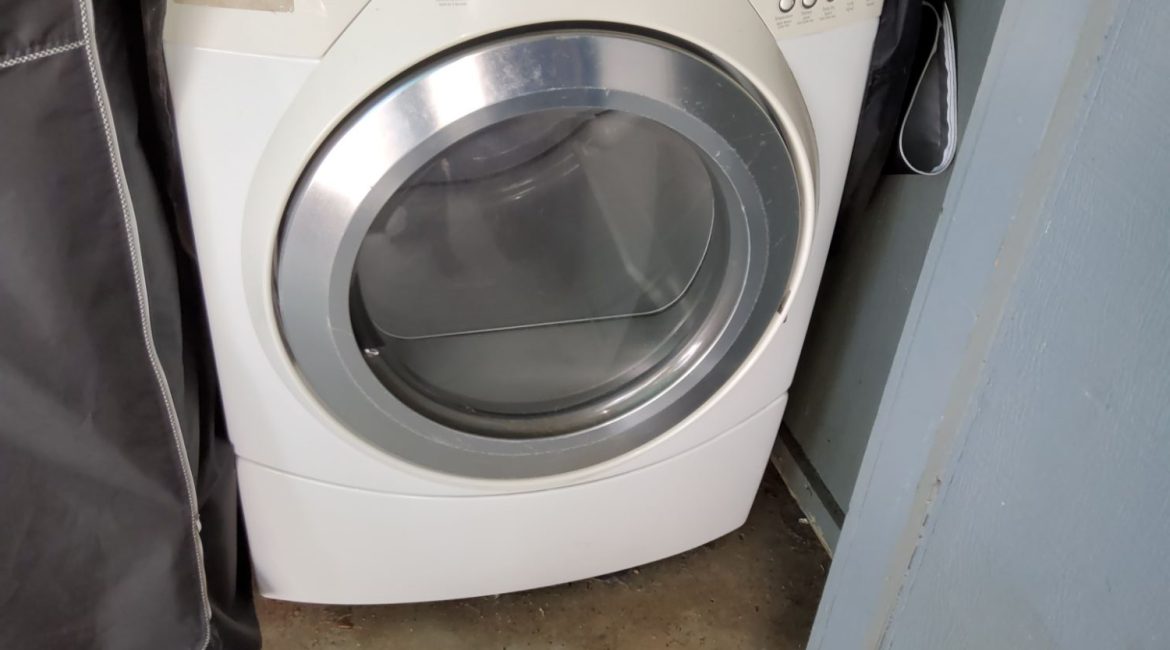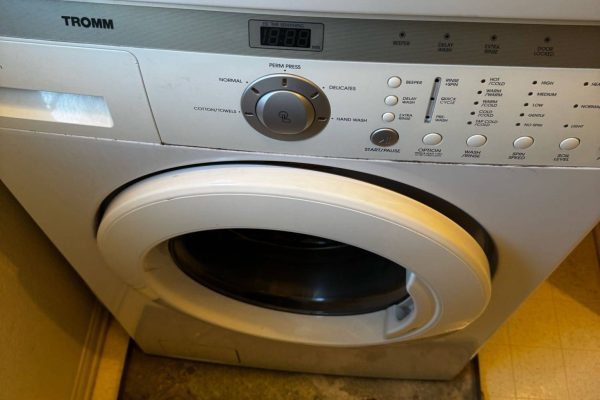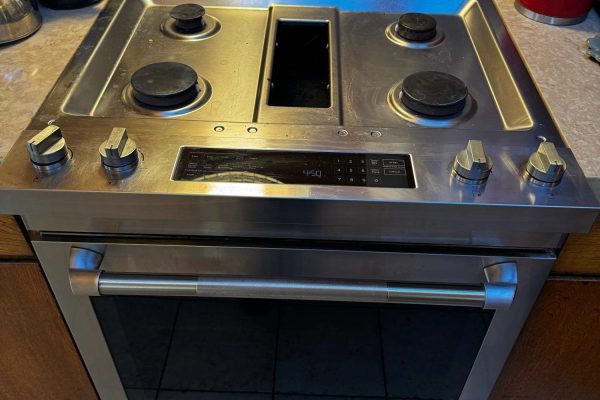If you’ve been noticing that your washing machine seems to be consuming more detergent than usual, the first thought that comes to mind might be user error—perhaps you’re adding too much powder. But what if you’re following instructions exactly and still ending up with excessive detergent consumption or poor washing results?
It’s time to consider an often-overlooked issue: a malfunction in the water supply to the detergent tray. This hidden fault can cause serious inefficiencies in your laundry process—and cost you more than you think.
Understanding the Detergent Tray Function
The detergent tray (also called the dispenser drawer) in your washing machine is designed to mix water with detergent at the right time and ratio during the wash cycle. The machine controls when and how much water flows through the tray to flush the detergent into the drum. Ideally, this process ensures the detergent is fully dissolved and evenly distributed with the wash water.
But if the water isn’t flowing into the tray properly, the detergent may remain in the compartment or get flushed inconsistently. This leads many users to believe more detergent is needed, resulting in overuse. It’s wasteful, bad for your laundry, and can even contribute to mold or buildup inside your machine.
What Causes Poor Water Flow to the Tray?
There are several reasons the water supply to the detergent tray may malfunction:
- Clogged Inlet Valves or Hoses
Mineral deposits, rust, or debris in the water supply can block the inlet valves or hoses that lead to the dispenser tray. This reduces or completely cuts off the water flow. - Faulty Water Inlet Valve
If the valve that controls water entry into the detergent tray is defective, it may not open properly. This results in either too little water or no water at all being delivered to the tray. - Blocked or Dirty Tray Compartments
Over time, detergent and softener residues can build up in the tray, preventing the smooth flow of water. This reduces flushing efficiency, leaving behind unused detergent. - Electronic Control Issues
Washing machines rely on sensors and timers to determine when to release water into the tray. A malfunctioning control board or faulty sensor could send incorrect signals, disrupting the process. - Low Water Pressure
In some homes, especially older ones or those with shared water lines, the water pressure may be too low for the washer to function correctly. This can affect how water enters the detergent tray, even if the machine itself is working properly.
The Hidden Costs of Overusing Detergent
While detergent may seem inexpensive, overuse leads to a cascade of problems:
- Higher Monthly Costs: You’re buying more detergent than needed.
- Damage to the Washing Machine: Excess suds can stress the motor and sensors, shorten the lifespan of internal parts, and cause drainage issues.
- Poor Cleaning Results: Ironically, too much detergent can leave clothes dingy, stiff, or with a powdery residue.
- Environmental Impact: Overuse of detergent contributes to chemical waste and water pollution.
Signs of a Water Supply Issue to the Tray
If you suspect something’s wrong, look out for the following:
- Detergent remains in the tray after the cycle ends.
- You notice water pooling in the tray.
- The washing machine takes longer than usual to start the wash cycle.
- You’re using more powder than before, but getting worse results.
These signs often point to a malfunction in the water delivery system rather than user error.
What You Can Do
Before jumping to conclusions or replacing your washer, try the following:
- Clean the Tray Thoroughly: Remove the detergent drawer and wash it under warm water to remove any buildup.
- Check for Blockages: Inspect the area behind the drawer for clogs or gunk buildup.
- Test Water Flow: Run a cycle with the tray empty and observe whether water flows into each compartment as expected.
If these steps don’t resolve the problem, it’s time to consult a professional.
Let the Experts Diagnose the Issue
Hidden faults in washing machines can be tricky. What seems like a detergent problem might be a mechanical or electronic malfunction. Our trained technicians at Poway Appliance Repair Service Center specialize in diagnosing and fixing these exact types of issues.
We’ll inspect your machine, identify the cause of the problem, and offer reliable, affordable repairs—helping you save money on detergent, protect your machine, and enjoy better wash results.
Don’t let a hidden water supply issue cost you more in the long run. Call Poway Appliance Repair Service Center today and get your washing machine back to peak performance!
Contact us


